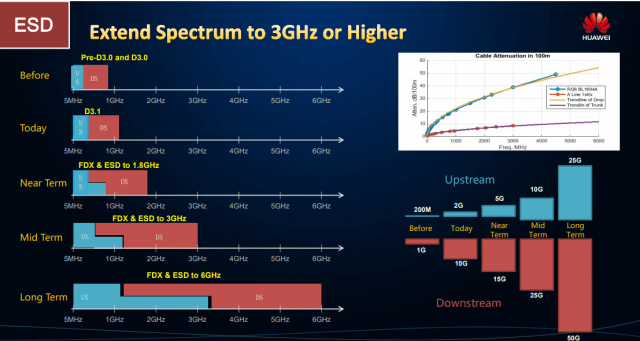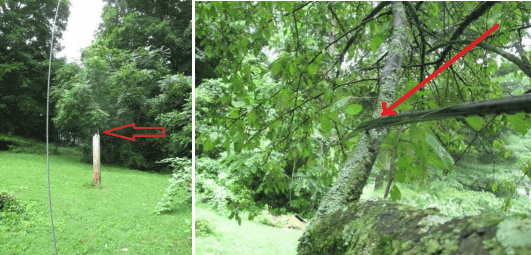
A broken Frontier telephone pole (left). Frontier phone cables left stretched against a tree (right) Images: PUCO
The Public Utilties Commission of Ohio (PUCO) has filed a formal complaint against Frontier North, Inc. (d/b/a Frontier Communications), citing a spike in customer complaints and evidence the company’s landline services have dramatically deteriorated in the state.
The PUCO is concerned Frontier’s alleged poor service may result in safety concerns, such as a customers’ inability to contact emergency services, doctors, and family and friends.
“Customer complaints indicating extensive telecommunication outages are troubling and deserve to be examined,” stated PUCO Chairman Sam Randazzo. “Today the PUCO is taking steps to investigate allegations of poor service quality.”
This is only the latest in a series of actions the state regulator has taken against Frontier for poor performance. The company previously promised to prioritize service outage repairs over new installations, but the regulator reports it received an unprecedented 2,802 consumer contacts regarding Frontier between January 1, 2018 and July 31, 2019.
 Most of the problems are occurring in service areas that Frontier acquired from Verizon Communications in 2010, primarily in southern and eastern Ohio. The regulator’s complaint includes 33 citations against Frontier for extended service outages, some that have lasted for months, as well as allegations the company has failed to provide adequate and reliable phone service in its Ohio service areas. The complaint recommends the Commission “conduct a thorough investigation” on the matter.
Most of the problems are occurring in service areas that Frontier acquired from Verizon Communications in 2010, primarily in southern and eastern Ohio. The regulator’s complaint includes 33 citations against Frontier for extended service outages, some that have lasted for months, as well as allegations the company has failed to provide adequate and reliable phone service in its Ohio service areas. The complaint recommends the Commission “conduct a thorough investigation” on the matter.
The complaint:
Frontier’s alleged efforts to repair [reported issues] within 24 hours or Frontier reporting that the issue had been repaired within 72 hours, often times customers’ service would not work within days of Frontier reporting it has repaired the issue.
For example, a [residential] consumer contacted the PUCO Call Center on March 4, 2019 stating her telephone line had been out of service since January 20, 2019. The consumer stated that she contacted Frontier on February 7 or 8, 2019 and that Frontier had committed to making repairs no later than February 26, 2019. When repairs did not occur by February 26, 2019, the consumer stated that she contacted Frontier again and was informed the repairs would occur by March 19, 2019. During Staff’s investigation, Frontier informed Staff that it was notified of the service issue regarding no dial tone on this [residential] account on February 14, 2019 and that service was repaired on March 7, 2019. Repairing an issue on March 7, 2019 is 21 days after it was reported on February 14, 2019, thus 18 days in violation of the 72-hour repair requirement times for instances of failure.
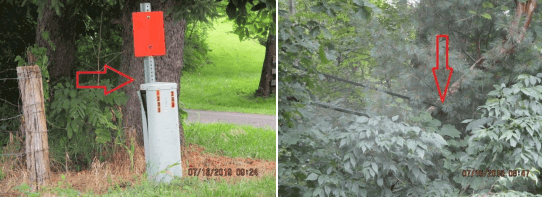
Damaged pedestal (left); Large tree limb left on Frontier phone cables (right). Images: PUCO
From July 11, 2019 to July 23, 2019, PUCO staff conducted field inspections which revealed facilities that appear to lack the proper maintenance, including damaged aerial terminals and splice cases, excessive vegetation, damaged pedestals, and unstable and damaged poles.
The PUCO telephone service areas map shows that Frontier North covers parts of 64 of Ohio’s 88 counties, including Marion, Crawford, Richland, Ashland, Morrow, Sandusky, Ottawa, Coshocton, Muskingum, Fairfield, Pike, and Ross. Verizon itself acquired those service areas from GTE (General Telephone) in 2000.
Nationally, Frontier Communications is in financial distress. The company now serves 4.3 million customers, down 200,000 from the same time last year. Across all divisions, Frontier is losing customers, particularly those subscribed to residential and commercial landline service and its resold satellite TV service. Frontier is also losing large numbers of TV customers in its FiOS fiber to the home service areas. The company has accumulated $17 billion in debt with a decreasing likelihood it will repay that debt on time.

Pedestal Damage. Images: PUCO
Despite the financial difficulties, Frontier is still obligated by law to meet basic service standards. Utility regulators in multiple states are now questioning whether Frontier is still achieving this. For a second time, Frontier spokesman Javier Mendoza signaled the company is burdened with an uncompetitive, high cost business model.
“Frontier takes service quality very seriously. While we disagree with the report’s assertions, we look forward to respectfully and directly addressing the issues raised by staff with the Public Utilities Commission,” Mendoza wrote in an email to the Marion Star. “Issues raised in the report focus on complaints in rural and high cost service areas; yet while Frontier only serves some 10% of Ohio’s wireline phone lines, Frontier bears 100% of the obligation to provide phone service to customers in the most rural, remote, and high-cost parts of its service area. This model creates costly operational burdens that Frontier’s competitors do not bear and is inconsistent with a competitive market.”
“Providing reliable telecommunications and broadband service to our customers is our highest priority. Frontier is dedicated to safety and takes seriously its commitment to serve Ohio customers and support 911 services,” Mendoza added.


 Subscribe
Subscribe The Wall Street Journal believes the majority of Americans are paying for internet speed they never use or need, but their investigation largely ignores the question of traffic bottlenecks and data caps that require many customers to upgrade to premium tiers to avoid punitive overlimit fees.
The Wall Street Journal believes the majority of Americans are paying for internet speed they never use or need, but their investigation largely ignores the question of traffic bottlenecks and data caps that require many customers to upgrade to premium tiers to avoid punitive overlimit fees.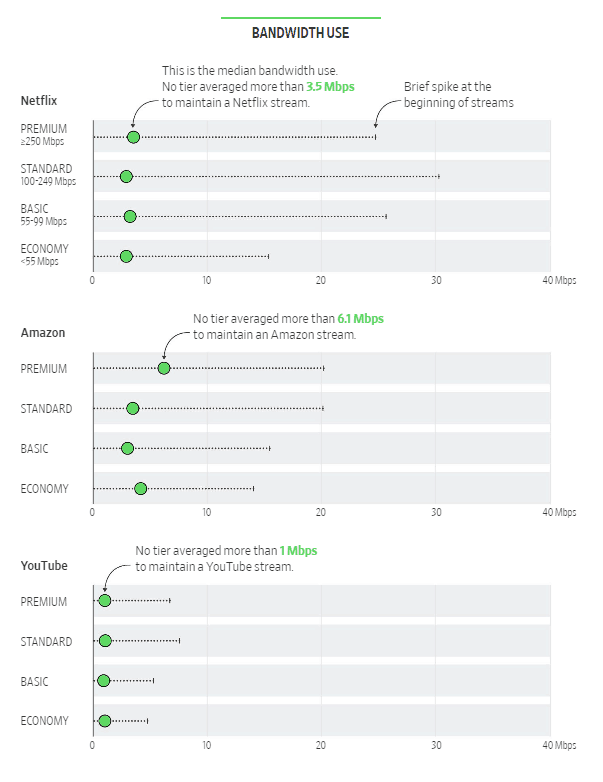
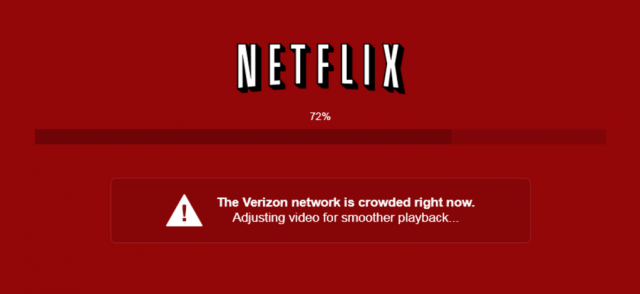 The answer often lies in the quality of the connection between the streaming provider and the customer. There are multiple potential bottlenecks that can make a YouTube video stutter and buffer on even the fastest internet connection. Large providers have had
The answer often lies in the quality of the connection between the streaming provider and the customer. There are multiple potential bottlenecks that can make a YouTube video stutter and buffer on even the fastest internet connection. Large providers have had  Customers are sold on speed upgrades by providers that tell them faster speeds will accommodate more video traffic, which is true but not the whole answer. No amount of speed will overcome intentional traffic shaping, an inadequate connection to the video streaming service, or an oversold network. Too bad the Journal did not investigate these conditions, which are more common than many people think.
Customers are sold on speed upgrades by providers that tell them faster speeds will accommodate more video traffic, which is true but not the whole answer. No amount of speed will overcome intentional traffic shaping, an inadequate connection to the video streaming service, or an oversold network. Too bad the Journal did not investigate these conditions, which are more common than many people think.
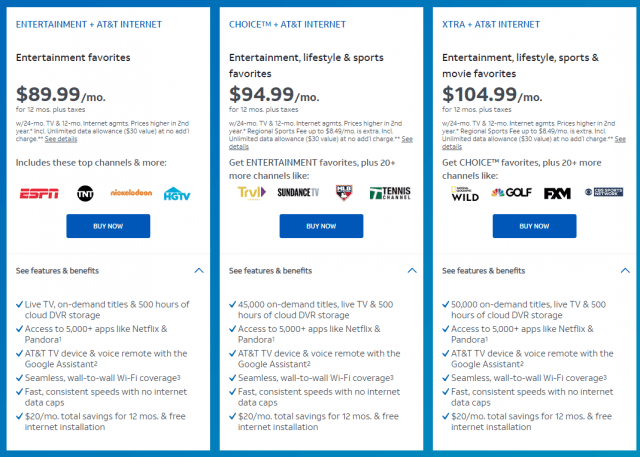
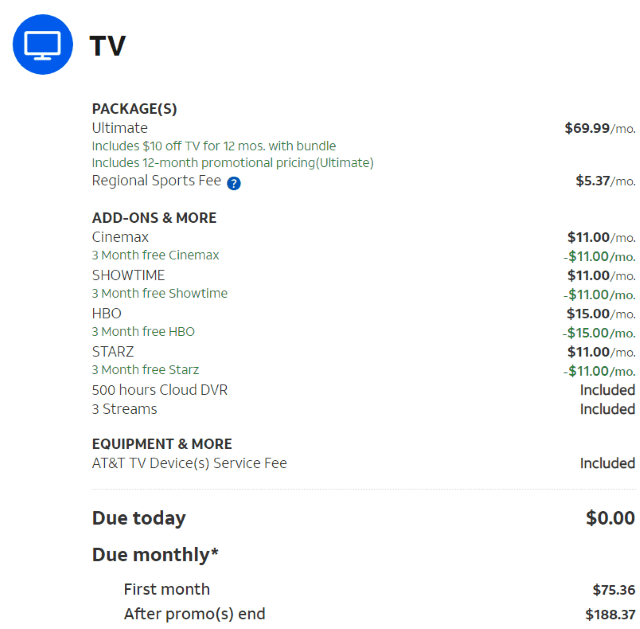
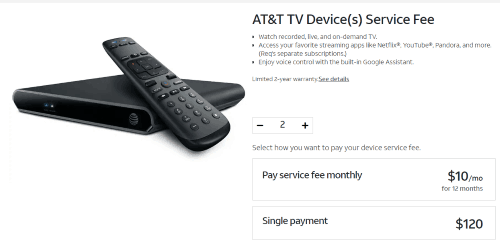
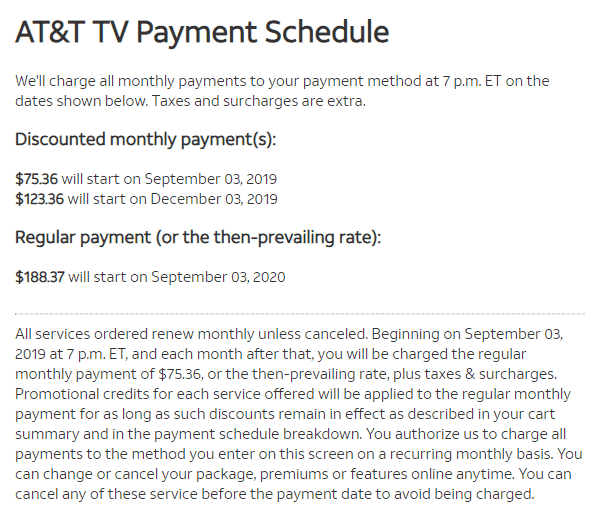
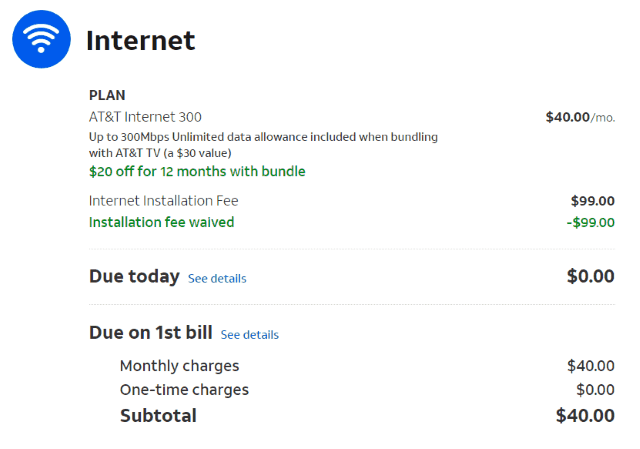

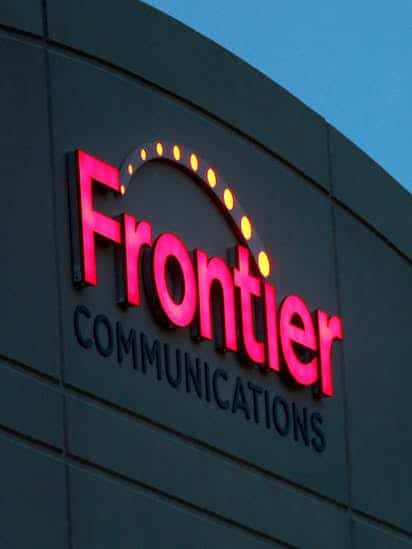 Some Frontier Communications customers in Rochester were left without service early today in a “widespread” outage that impacted local governments, commercial customers, and medical care facilities. To prevent disruptions, working with
Some Frontier Communications customers in Rochester were left without service early today in a “widespread” outage that impacted local governments, commercial customers, and medical care facilities. To prevent disruptions, working with  Frontier’s ongoing and increasing financial problems may be responsible for the spike in service complaints and lengthening repair times. Employees have repeatedly told Stop the Cap! resources to deal with service issues are increasingly scarce and cost management is among the highest priorities inside the company. Frontier’s service repairs often take days, if not weeks. Company officials have told employees that since most people have cell phones, landline repairs are no longer as critical as they once were years ago. But spotty internet service can significantly damage local businesses, and outages are becoming more frequent and taking longer to repair.
Frontier’s ongoing and increasing financial problems may be responsible for the spike in service complaints and lengthening repair times. Employees have repeatedly told Stop the Cap! resources to deal with service issues are increasingly scarce and cost management is among the highest priorities inside the company. Frontier’s service repairs often take days, if not weeks. Company officials have told employees that since most people have cell phones, landline repairs are no longer as critical as they once were years ago. But spotty internet service can significantly damage local businesses, and outages are becoming more frequent and taking longer to repair.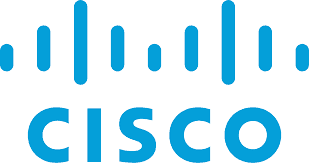 Despite assurances from FCC Chairman Ajit Pai that the repeal of net neutrality would inspire cable operators to increase investment in broadband, a year-long virtual spending freeze by the nation’s top cable operators has resulted in a major vendor pulling out of the next generation cable broadband standard until there are signs cable companies are prepared to spend money on upgrades again.
Despite assurances from FCC Chairman Ajit Pai that the repeal of net neutrality would inspire cable operators to increase investment in broadband, a year-long virtual spending freeze by the nation’s top cable operators has resulted in a major vendor pulling out of the next generation cable broadband standard until there are signs cable companies are prepared to spend money on upgrades again. FDX has already been the victim of delays. Originally planned as an incremental upgrade for DOCSIS 3.1, FDX is now scheduled to be included in CableLabs’ DOCSIS 4.0 specification, which is not expected to be released for a few years. FDX will be one of several new features incorporated into the next cable broadband standard, which will allow for low latency connections and an expanded amount of coaxial cable spectrum that can be devoted to broadband services.
FDX has already been the victim of delays. Originally planned as an incremental upgrade for DOCSIS 3.1, FDX is now scheduled to be included in CableLabs’ DOCSIS 4.0 specification, which is not expected to be released for a few years. FDX will be one of several new features incorporated into the next cable broadband standard, which will allow for low latency connections and an expanded amount of coaxial cable spectrum that can be devoted to broadband services.